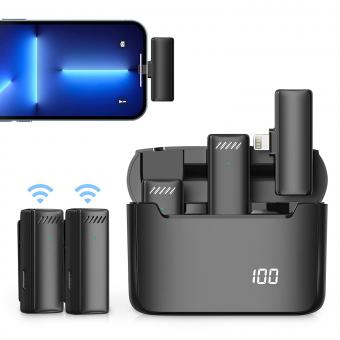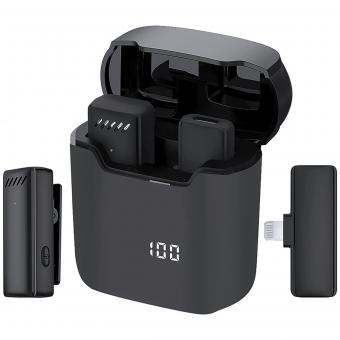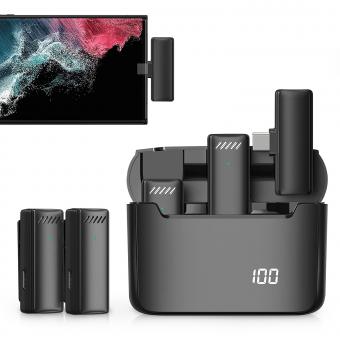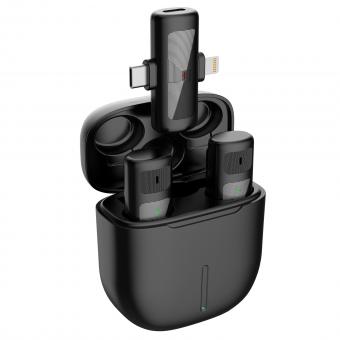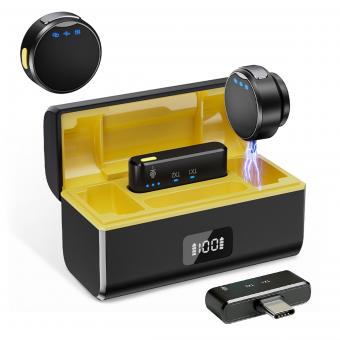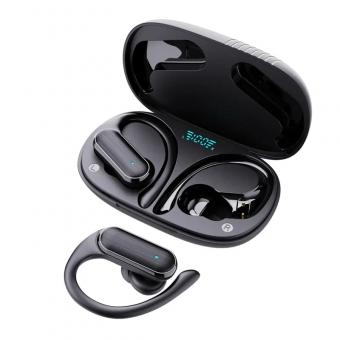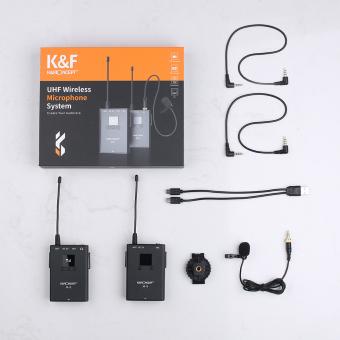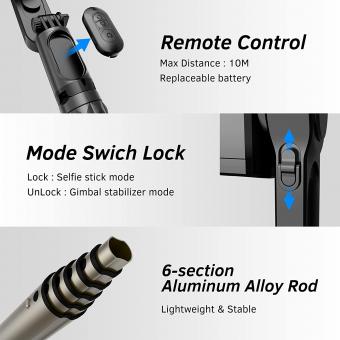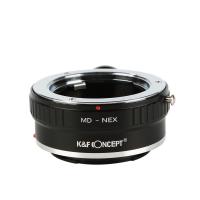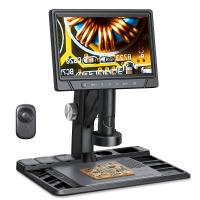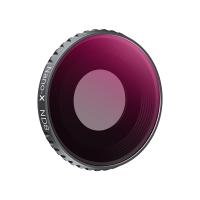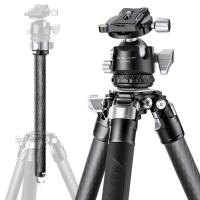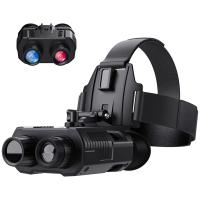How To Connect K9 Wireless Microphone ?
To connect a K9 wireless microphone, first, ensure that the microphone and the receiver are both powered on and have fresh batteries if necessary. Then, locate the audio input on the receiver and the audio output on the microphone. Connect the audio output of the microphone to the audio input of the receiver using the appropriate cables or connectors. Once the physical connection is established, follow the manufacturer's instructions to pair the microphone with the receiver. This usually involves pressing a button on both the microphone and the receiver to initiate the pairing process. Once the pairing is successful, the microphone should be ready to use wirelessly with the receiver. Adjust the volume levels on both the microphone and the receiver as needed, and test the audio to ensure proper connectivity.
1、 Understanding the components of a K9 wireless microphone system
Understanding the components of a K9 wireless microphone system is essential in order to connect it properly. The K9 wireless microphone system typically consists of three main components: the wireless microphone, the receiver, and the audio output device.
To connect the K9 wireless microphone, start by ensuring that both the microphone and the receiver are powered on and have fresh batteries. Next, locate the audio output device, which could be a mixer, amplifier, or speaker system, and ensure it is also powered on and ready to receive the audio signal.
Now, look for the audio output ports on the receiver. These ports are usually labeled as "Audio Out" or "Line Out." Connect one end of an audio cable to the appropriate output port on the receiver and the other end to the corresponding input port on the audio output device. It is important to use the correct type of cable, such as a 1/4-inch or XLR cable, depending on the available ports.
Once the cable is securely connected, adjust the volume levels on both the receiver and the audio output device to ensure optimal sound quality. It may be necessary to consult the user manual of the specific K9 wireless microphone system for any additional settings or adjustments.
In terms of the latest point of view, advancements in wireless microphone technology have made connectivity even more seamless. Many modern K9 wireless microphone systems now feature automatic frequency selection and synchronization, eliminating the need for manual frequency adjustments. Additionally, some systems offer digital audio transmission, providing improved sound quality and reliability.
Overall, connecting a K9 wireless microphone involves understanding the components and making the appropriate audio connections. By following the steps outlined above and considering any latest advancements, users can ensure a successful and hassle-free connection of their K9 wireless microphone system.

2、 Pairing the K9 wireless microphone with a receiver
To connect the K9 wireless microphone, you need to pair it with a compatible receiver. Here's a step-by-step guide on how to do it:
1. Ensure that both the K9 wireless microphone and the receiver are fully charged or have fresh batteries. This will ensure a smooth pairing process.
2. Turn on the receiver and the microphone. Most wireless microphones have a power button or switch that you can easily locate.
3. On the receiver, locate the pairing button or mode. This button is usually labeled as "Pair" or "Connect." Press and hold this button until the receiver enters pairing mode. The LED indicator on the receiver will start flashing or change color to indicate that it is ready to pair.
4. On the K9 wireless microphone, locate the pairing button. This button is typically located on the microphone body or the transmitter unit. Press and hold this button until the microphone enters pairing mode. The LED indicator on the microphone will start flashing or change color to indicate that it is ready to pair.
5. Once both the receiver and the microphone are in pairing mode, they will start searching for each other. This process may take a few seconds or up to a minute. Once they find each other, they will automatically connect.
6. Once the connection is established, the LED indicators on both the receiver and the microphone will stop flashing and remain steady. This indicates that the pairing process is successful.
7. Test the microphone by speaking or singing into it. You should hear your voice clearly through the receiver's audio output.
It's important to note that the specific steps may vary slightly depending on the brand and model of the K9 wireless microphone and receiver you are using. Therefore, it's always a good idea to refer to the user manual provided by the manufacturer for detailed instructions.
In recent years, advancements in wireless microphone technology have made the pairing process more streamlined and user-friendly. Many wireless microphones now come with automatic pairing features, eliminating the need for manual pairing. These systems use advanced algorithms to quickly and securely connect the microphone to the receiver with minimal user intervention. Additionally, some wireless microphones now offer smartphone apps that allow for easy pairing and control of the microphone settings.
Overall, connecting a K9 wireless microphone to a receiver is a relatively straightforward process. By following the steps outlined above and referring to the user manual, you should be able to pair the microphone and enjoy wireless freedom in your audio setup.

3、 Troubleshooting common connectivity issues with K9 wireless microphones
To connect a K9 wireless microphone, follow these steps:
1. Ensure that the K9 wireless microphone and the receiver are both powered on and have fresh batteries. Check the battery levels and replace them if necessary.
2. Locate the audio input on the receiver. It may be labeled as "MIC IN" or "AUDIO IN." Connect the audio output of the K9 wireless microphone to this input using the appropriate cable. Make sure the connection is secure.
3. Turn on the K9 wireless microphone and wait for it to establish a connection with the receiver. This may take a few seconds. Once the connection is established, you should see a solid indicator light on both the microphone and the receiver.
4. Adjust the volume levels on both the microphone and the receiver to ensure optimal sound quality. Start with low volume levels and gradually increase them until you achieve the desired sound level.
5. Test the microphone by speaking or singing into it. You should hear your voice or instrument amplified through the receiver's audio output. If you don't hear any sound, double-check the connections and try adjusting the volume levels again.
Troubleshooting common connectivity issues:
1. Interference: If you experience interference or dropouts in the audio signal, try changing the frequency or channel settings on both the microphone and the receiver. This can help avoid interference from other wireless devices in the vicinity.
2. Range limitations: Keep in mind that wireless microphones have a limited range. If you move too far away from the receiver, the signal may weaken or drop altogether. Stay within the recommended range for optimal performance.
3. Battery issues: If the microphone or receiver is not powering on or if the signal is weak, check the batteries. Replace them if necessary and ensure they are properly inserted.
4. Signal obstructions: Ensure that there are no physical obstructions between the microphone and the receiver that could weaken the signal. Move any objects that may be blocking the signal path.
5. Firmware updates: Check for any firmware updates for your K9 wireless microphone system. Manufacturers often release updates to improve performance and address connectivity issues. Visit the manufacturer's website or contact their support for the latest updates.
By following these steps and troubleshooting tips, you should be able to connect and troubleshoot common connectivity issues with your K9 wireless microphone system.

4、 Optimizing signal strength and range for K9 wireless microphones
To connect a K9 wireless microphone, follow these steps:
1. Ensure that the K9 wireless microphone and the receiver are both powered on and have fresh batteries. This will ensure optimal signal strength and range.
2. Locate the receiver and connect it to the audio input of your desired device, such as a mixer or amplifier. Use the appropriate cables and connectors for your setup.
3. Turn on the receiver and set it to the same frequency channel as the K9 wireless microphone. Most K9 microphones have multiple frequency channels to choose from, so make sure both the microphone and receiver are set to the same channel for a strong and stable connection.
4. Hold the K9 wireless microphone close to the receiver and press the sync button on both devices. This will establish a connection between the microphone and receiver.
5. Once the connection is established, you can start using the K9 wireless microphone. Adjust the volume levels on the receiver and the connected device to optimize the audio output.
To optimize signal strength and range for K9 wireless microphones, consider the following points:
1. Keep the microphone and receiver within line of sight. Avoid obstructions such as walls or large objects that can interfere with the wireless signal.
2. Position the receiver at a higher elevation, if possible. This can help improve the signal strength and range by minimizing interference from other devices or obstacles on the ground.
3. Avoid using the K9 wireless microphone in areas with high levels of electromagnetic interference, such as near Wi-Fi routers or other wireless devices. This can cause signal degradation and reduce the microphone's range.
4. Regularly check and update the firmware of the K9 wireless microphone and receiver. Manufacturers often release firmware updates to improve performance and address any signal-related issues.
By following these steps and optimizing signal strength and range, you can ensure a reliable and high-quality connection for your K9 wireless microphone.


